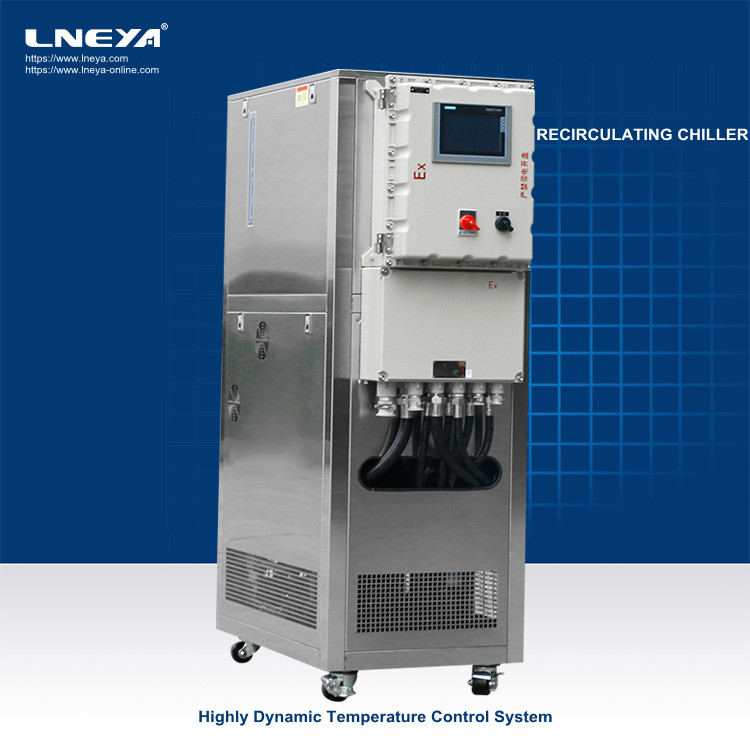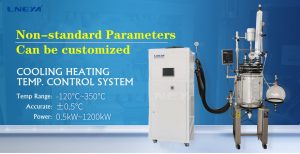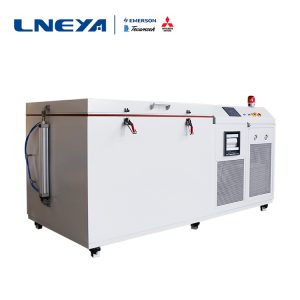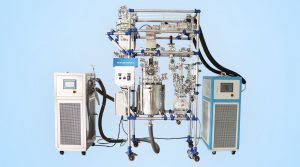How to deal with the equipment failure alarm of the recirculating chiller
What to do if there is a failure and alarm during the use of the recirculating chiller equipment? In order to ensure production, such problems need to be resolved quickly.

We must first understand the causes of failures and alarms, and adopt different solutions for different causes. Common recirculation chiller equipment failures and alarms include reverse phase alarm, contactor jam alarm, over-temperature protection alarm, abnormal pressure alarm, overload alarm, etc. No matter what kind of fault alarm, it can be known according to the alarm light and alarm signal information.
1. Recirculation chiller equipment reverse phase alarm
When a reverse phase alarm occurs in the recirculation chiller equipment, the circulating pump cannot be started. There are two reasons for the reverse phase alarm of the high and low temperature cold water circulation device. One is that the phase sequence of the three-phase power line is connected incorrectly, and the other is that the reverse protector fails. If the phase sequence of the three-phase power cord is connected incorrectly, just adjust the phase sequence directly. If the reverse phase protector fails, it needs to be replaced.
2. Contactor stuck alarm
Recirculation chiller equipment contactor stuck alarm, the over-temperature indicator will also be on, generally there are three reasons: one is the heating AC contactor stuck, the other is the computer board heating has been outputting, there is a problem, and the third is the over-temperature The protection switch operates incorrectly. When the contactor is stuck and alarms, the continuous heating of the heat transfer oil will cause danger, so deal with it in time.
3. Alarm for lack of media
In order to protect the heating pipe and circulating pump of the recirculating chiller equipment, the system will stop heating when there is a shortage of media. When there is a lack of media, check whether there is a lack of media (water or oil). If the water temperature meter shows that there is a lack of media, you can adjust the pressure value of the pressure switch to a lower value.
4. Overload alarm
When the recirculation chiller equipment has an overload alarm, check whether the circulating pump is overloaded. If the pump is overloaded, you can increase the overload current ampere.
When the recirculation chiller equipment fails and alarms, as long as it is dealt with in time, there will be no safety issues. LNEYA is a manufacturer of recirculating chiller equipment, equipped with an after-sales service system. For minor problems such as fault alarms, you can consult us sales@lneya.com for a faster and safer solution.
Verwandte Empfehlungen
-
Temperature control instructions for stainless steel reactors and glass reactors
1789Reactor is a kind of reaction equipment in industrial production. It generally needs to be refrigerated or heated. Whether the temperature is suitable or not directly affects its reaction effect. Therefore, if conditions permit, it is generally e...
Details anzeigen -
The Product Categories of Low Temp Chillers
1722The low temp chiller is a kind of professional refrigeration design with large demand in domestic industrial market. Many enterprises need to use low temp chiller products to create low temperature environment in industrial production. Different i...
Details anzeigen -
High-power industrial refrigerator evaporator maintenance precautions
1724High-power industrial refrigerators are used in industrial cold processing. Evaporators in high-power industrial refrigerators are one of the most important components and one of the factors affecting the cooling effect of high-power industrial re...
Details anzeigen -
What are the main uses of the reactor heating and cooling unit?
1599The reactor heating and cooling device is suitable for high-purity metal, rare substance purification, laboratory environment simulation, magnetron sputtering, vacuum coating and other industries. Large cryogenic pump units can provide a cooling e...
Details anzeigen
 LNEYA Industriekühler Hersteller Lieferant
LNEYA Industriekühler Hersteller Lieferant













